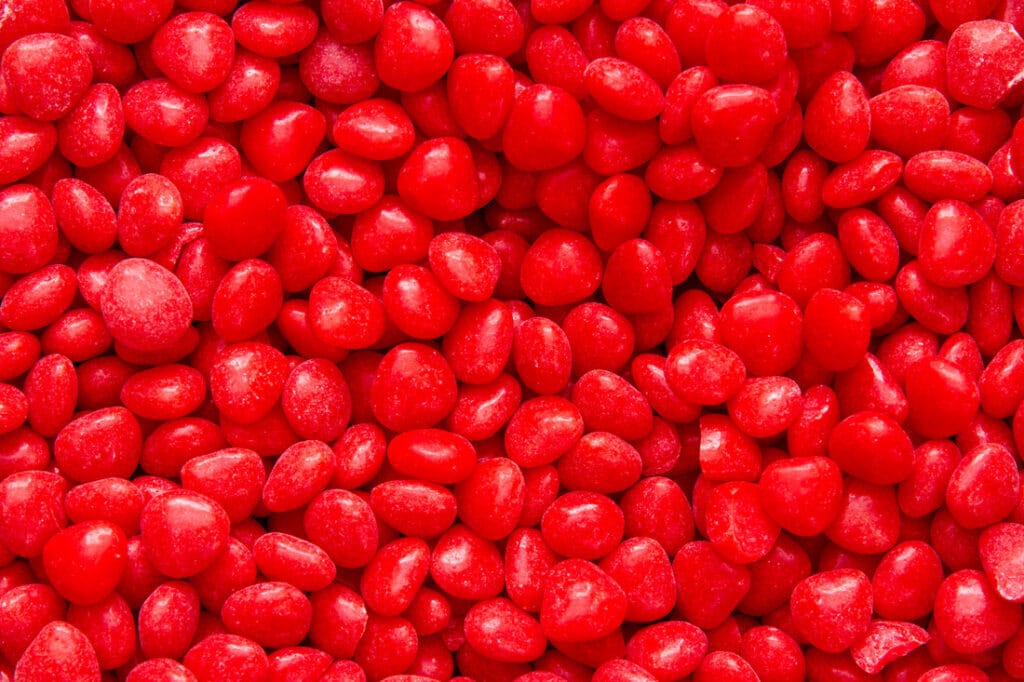
views
Quick Links
SECTIONS
- Business
- Entertainment
- Future of Work
- Health & Wellness
- Lifestyle
- Money
- Personal Development
- Professional Development
- Relationships
- SUCCESS Bestsellers
- Business
- Entertainment
- Future of Work
- Health & Wellness
- Lifestyle
- Money
- Personal Development
- Professional Development
- Relationships
- SUCCESS Bestsellers
JOIN US
- SUCCESS+
- SUCCESS Coaching
- Speakers Bureau
- SUCCESS Events
- SUCCESS Space
- Newsletter
- Daily SMS
- Subscribe
- Shop the SUCCESS Store
- SUCCESS+
- SUCCESS Coaching
- Speakers Bureau
- SUCCESS Events
- SUCCESS Space
- Newsletter
- Daily SMS
- Subscribe
- Shop the SUCCESS Store
GET IN TOUCH
CONNECT
Instagram Facebook Tiktok Linkedin Pinterest X-twitterMORE
 Get SUCCESS® Magazine PLUS 80+ Hours of Exclusive Training (& More!) to Multiply Your Earning Potential
SUBSCRIBE TODAY!
Get SUCCESS® Magazine PLUS 80+ Hours of Exclusive Training (& More!) to Multiply Your Earning Potential
SUBSCRIBE TODAY!
Save Up to 20% Before Oct. 2!
BOOKMARK Share TABLE OF CONTENTS
TABLE OF CONTENTS


The U.S. Food and Drug Administration (FDA) has announced a nationwide ban on Red 3, a synthetic dye that has been linked to cancer in animal studies. This decision marks a milestone for consumer advocacy groups and lawmakers who have long called for stricter regulations on food additives.
Red 3, also known as FD&C Red No. 3 or erythrosine, is a petroleum-derived synthetic dye approved for use in food products since 1907. It is widely recognized for its vivid cherry-red hue and is found most commonly in items like candies and frostings. The dye has been a staple in the food and beverage industry for over a century, thanks to its ability to enhance the visual appeal of various products.
Despite its long-standing use in the industry, Red 3 has faced scrutiny since the 1980s, when researchers linked it to cancer in laboratory animals. In response to their findings, the dye has been banned or heavily restricted in several countries, including the European Union, Australia and Japan according to NBC News.
Red 3 has been a prevalent ingredient in thousands of consumer products in the U.S. The Center for Science in the Public Interest (CSPI) petitioned the FDA in 2022 to ban the dye, which according to the USDA FoodData Central is used in over 9,000 branded food items in the United States. These include some products from popular candy brands like Jelly Belly, Pez and Trolli to beverages such as Hawaiian Punch and Kool-Aid.
Other food products that reportedly contain the dye include desserts with certain red sprinkles, such as Target’s Favorite Day Valentine’s Day cupcakes, and certain types of glaze, like Walmart’s Freshness Guaranteed heart sugar cookies. Other examples include the casing of the beef sticks in Jack Link’s beef and cheddar snacks and Vigo yellow rice, among others. Additionally, the dye is used in some maraschino cherries and dairy-based treats like Yoo-hoo Strawberry Drink and frozen desserts like Nerds Bomb Pops. It also may be a component in some medications and dietary supplements, such as certain gummy vitamins and cough syrups.

Why did the FDA ban the dye?
The FDA’s decision to ban Red 3 stems from long-standing evidence of its potential health risks. Under the Delaney clause of the Federal Food, Drug, and Cosmetic Act, the FDA is required to prohibit any additive found to cause cancer in humans or animals. At least one study found that high doses of the compound in Red 3 caused tumors in male lab rats, prompting its previous ban in the cosmetics industry in 1990.
Despite this, the dye remained legal in foods and medicines in the U.S., a regulatory inconsistency that has long drawn criticism from health advocates. Hence, the FDA’s recent move to ban the dye altogether is a big triumph for the food and health groups who advocated for its prohibition.
“At long last, the FDA is ending the regulatory paradox of Red 3 being illegal for use in lipstick but perfectly legal to feed to children in the form of candy,” CSPI President Peter Lurie, M.D., said via NBC News following the FDA’s announcement.
Although animal studies have shown a link between Red 3 and cancer, evidence of its carcinogenicity in humans is less definitive. The studies that informed the FDA’s decision involved exposing male lab rats to high doses of the dye, which led to the development of tumors. However, translating these findings to human risk is complex due to differences in metabolism and exposure levels.
This absence of concrete evidence in humans has fueled debate over the ban, with some industry groups questioning its necessity. Despite this, many health experts and advocacy groups view the ban as a precautionary step to protect public health.
While legal challenges from food manufacturers remain a possibility, the ban signals a growing shift toward safer and more transparent food practices in the U.S.
The FDA has given food manufacturers until January 2027 to phase out the dye from their products. On the other hand, drug makers have an additional year to comply with the ban.
As of late, several companies have begun transitioning to natural alternatives. For instance, Abbott, the maker of PediaSure, has already removed the compound from its products, while Dole eliminated it from its fruit bowls in 2023. Instead of Red 3, manufacturers have turned to more natural substitutes like beet juice, red cabbage pigments and carmine—a coloring substance derived from insects.
Photo courtesy of Karynf/Shutterstock
Luigi Roguero Caler is a writer, editor and journalist. He has published news and other types of written content on numerous sites, including International Business Times, Medical Daily and Enstarz.
5473 Blair Road, Suite 100
PMB 30053
Dallas, TX 75231
Copyright © 2024 SUCCESS Magazine. All rights reserved.
Save Up to 20% Before Oct. 2!
Copyright © 2024 SUCCESS Magazine. All rights reserved.
Unlock the Latest Knowledge that Can You Help You Achieve More in Life with More Confidence
Print and Digital Options Available
Oops!
You’ve reached your limit of free
articles for this month!
(plus get access to hundreds of resources designed
to help you excel in life and business)
Please enter your username or email address. You will receive an email message to log in.
No, thanks, I’m not interested in personal growth.
Plus, get access to daily inspiration, weekly newsletters and podcasts, and occasional updates from us.
By signing up you are also added to SUCCESS® emails. You can easily unsubscribe at anytime. By clicking above, you agree to our Privacy Policy and Terms of Use.
Please enter your username or email address. You will receive an email message to log in.
Get unlimited access to SUCCESS®
(+ a bunch of extras)! Learn more.
Please enter your username or email address. You will receive an email message to log in.
The exclusive article you’re trying to view is for subscribers only.
(plus get access to hundreds of resources designed
to help you excel in life and business)
Please enter your username or email address. You will receive an email message to log in.
https://www.success.com/fda-bans-red-3-food-dye/
























Comments
0 comment